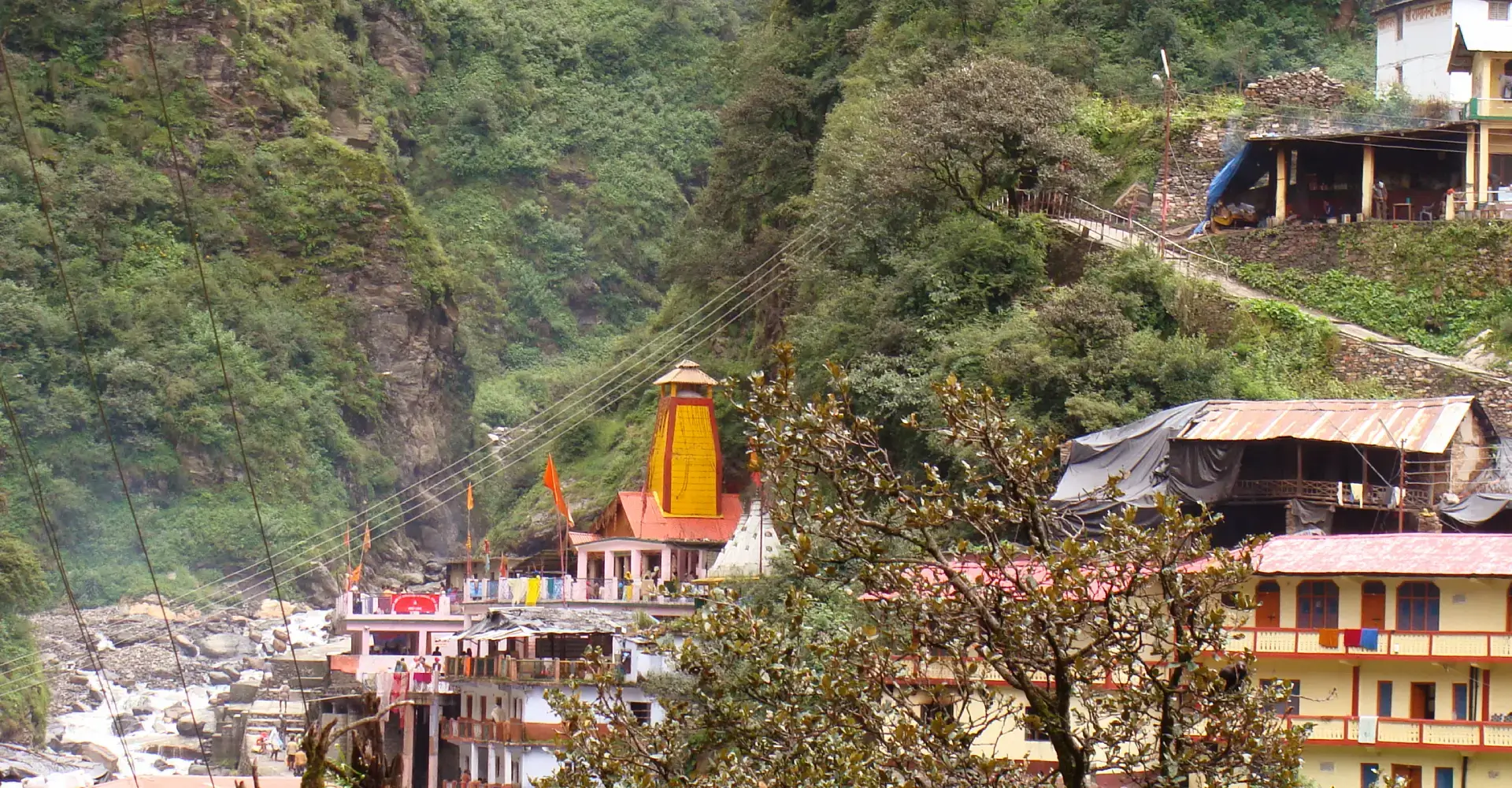The Char Dham Yatra of Uttarakhand is one of the most sacred pilgrimages in India, covering the four Himalayan shrines – Yamunotri, Gangotri, Kedarnath, and Badrinath. Every year, lakhs of devotees undertake this journey, seeking spiritual liberation and blessings. While the Char Dham can be reached by helicopter or partial treks, the road route remains the most traditional and preferred way to complete the yatra.
Traveling by road allows pilgrims to witness the beauty of the Himalayas, visit important stopovers, and experience the devotional journey in its true essence. This guide covers the routes, itineraries, travel tips, and important details for Char Dham Yatra by road.

Starting Point: Delhi / Haridwar / Rishikesh
Most pilgrims begin the Char Dham Yatra from Delhi, while some choose Haridwar or Rishikesh as their starting point. These cities are well-connected and considered sacred gateways to the Himalayas.
- Delhi to Haridwar/Rishikesh: Around 220–240 km by road (5–6 hours).
- Haridwar/Rishikesh: Pilgrims usually stay overnight, perform rituals at the Ganga ghats, and begin the yatra the next morning.
The Traditional Route
The Char Dham Yatra by road is usually done in a clockwise direction:
- Yamunotri (Source of River Yamuna)
- Gangotri (Source of River Ganga)
- Kedarnath (Dedicated to Lord Shiva)
- Badrinath (Dedicated to Lord Vishnu)
This sequence follows the tradition of first worshiping Mother Goddesses (Yamunotri & Gangotri), then Lord Shiva (Kedarnath), and finally Lord Vishnu (Badrinath).
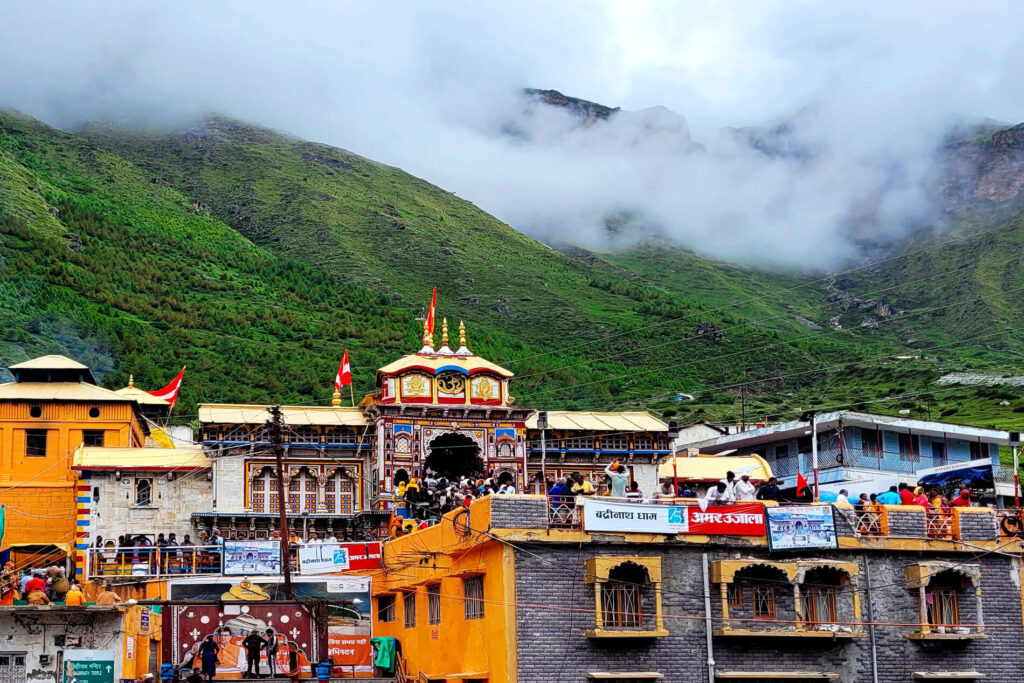
Road Route & Itinerary
Here is a detailed itinerary for Char Dham Yatra by road:
Day 1: Delhi – Haridwar (220 km / 5–6 hrs)
- Travel to Haridwar.
- Evening Ganga Aarti at Har Ki Pauri.
- Overnight stay at Haridwar.
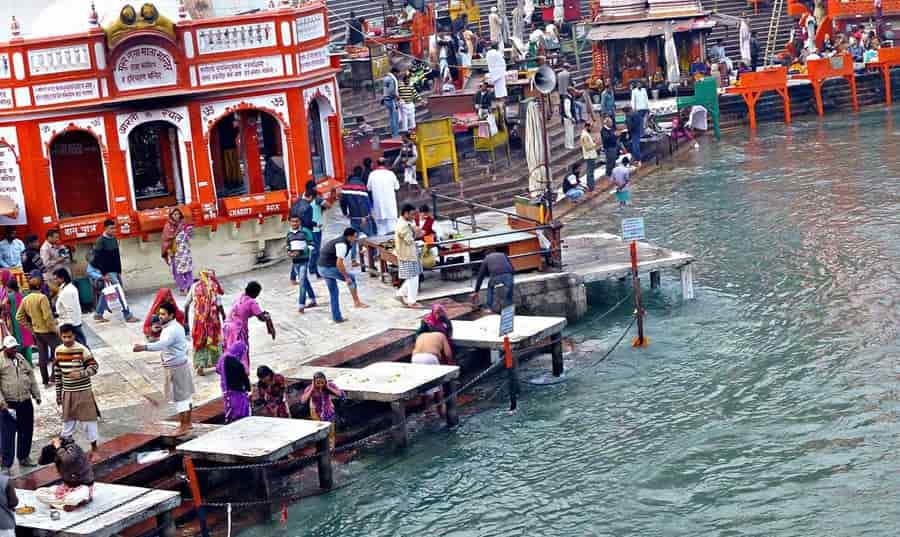
Day 2: Haridwar – Barkot (210 km / 7–8 hrs)
- Scenic drive via Mussoorie / Dehradun.
- Stay overnight at Barkot, the base for Yamunotri.

Day 3: Barkot – Yamunotri – Barkot (36 km drive + 6 km trek)
- Drive to Janki Chatti (36 km).
- Trek or take a pony/palki to Yamunotri Temple (6 km).
- Darshan of Yamuna Maa and return to Barkot.
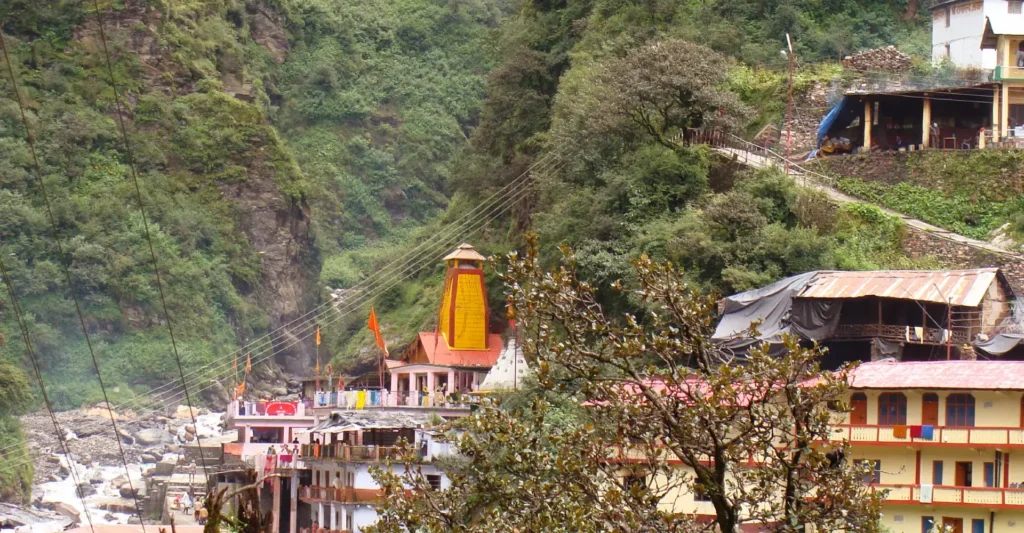
Day 4: Barkot – Uttarkashi (100 km / 4 hrs)
- Drive to Uttarkashi, on the banks of River Bhagirathi.
- Visit Vishwanath Temple.
- Overnight stay at Uttarkashi.
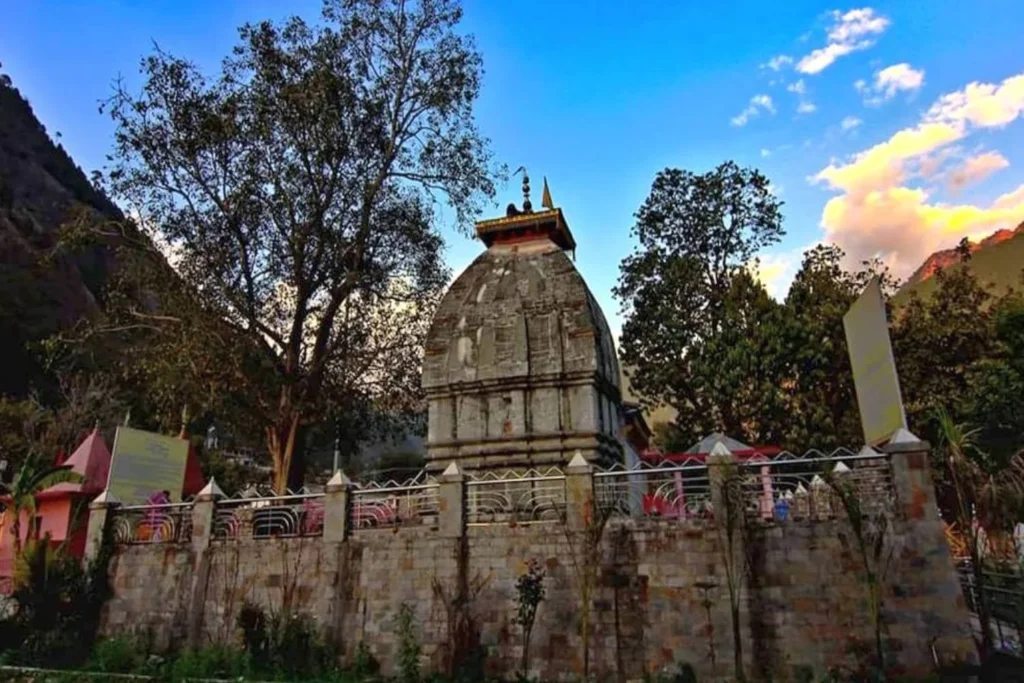
Day 5: Uttarkashi – Gangotri – Uttarkashi (100 km one way)
- Drive along the Bhagirathi river valley.
- Visit Gangotri Temple, dedicated to Maa Ganga.
- Return to Uttarkashi for the night.
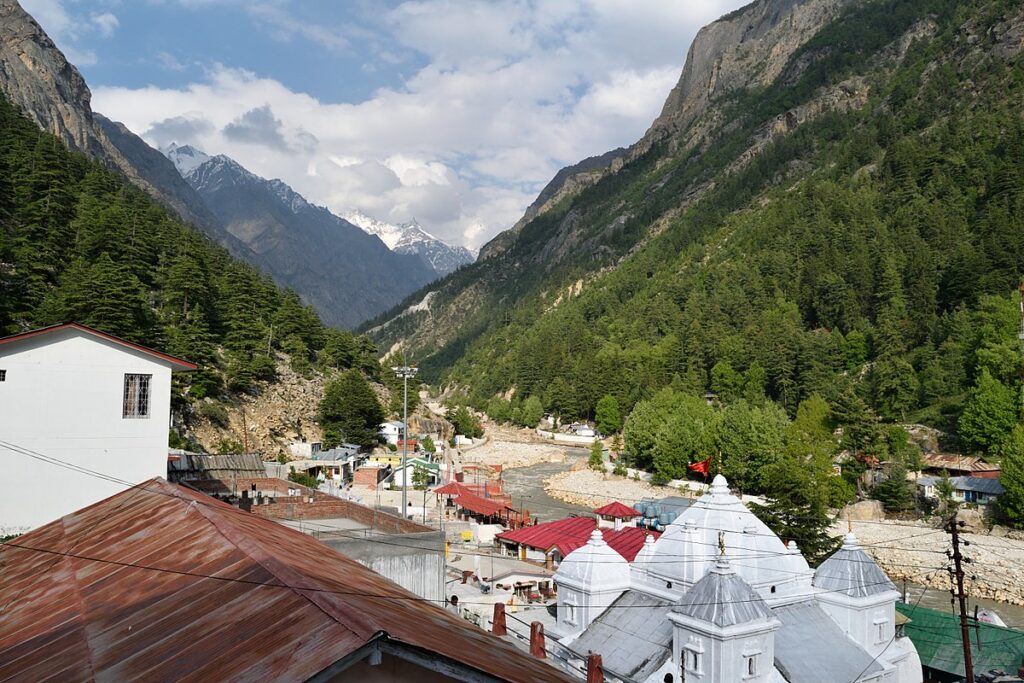
Day 6: Uttarkashi – Guptkashi (220 km / 8–9 hrs)
- Long but scenic drive via Tehri Dam.
- Stay overnight at Guptkashi.
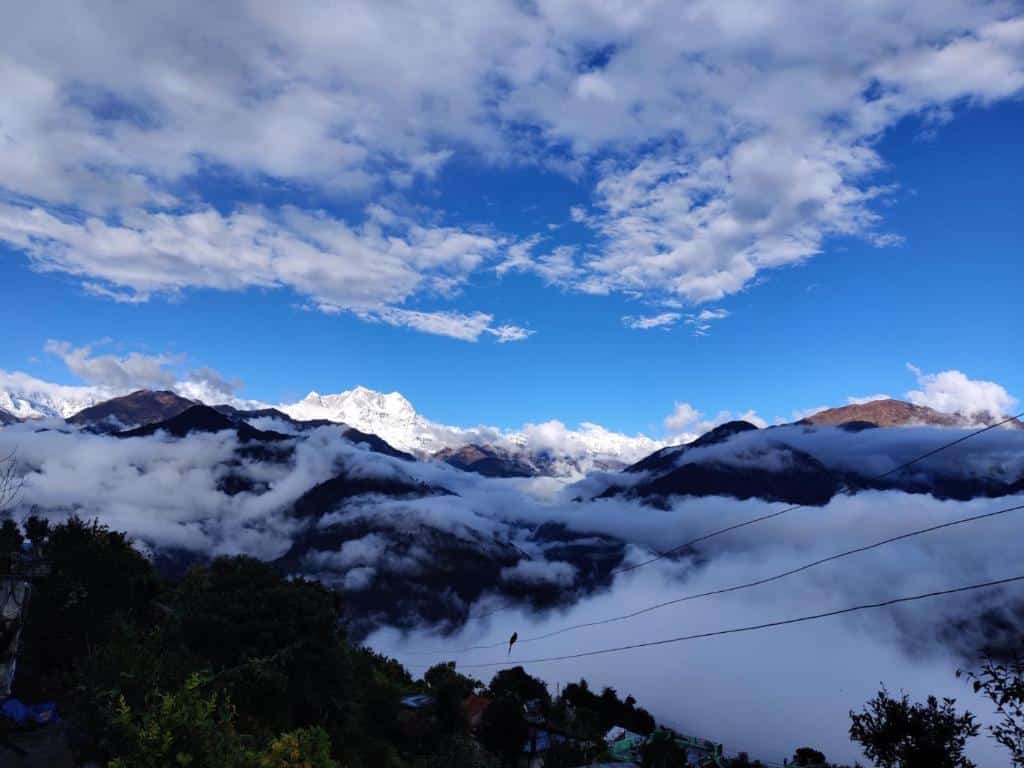
Day 7: Guptkashi – Gaurikund – Kedarnath (30 km drive + 16 km trek)
- Drive to Gaurikund (base for trek).
- Trek or hire pony/doli/helicopter to Kedarnath Temple.
- Evening darshan at Kedarnath.
- Overnight stay at Kedarnath (or return to Guptkashi if using helicopter).
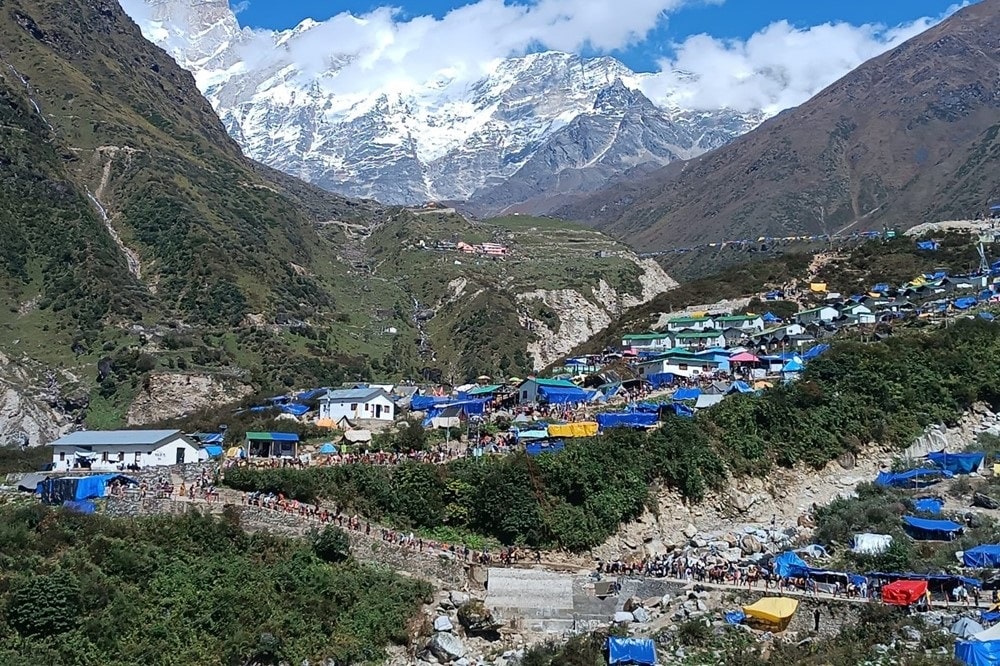
Day 8: Kedarnath – Guptkashi (Return Trek + Drive)
- Morning darshan at Kedarnath.
- Trek back to Gaurikund, drive to Guptkashi.
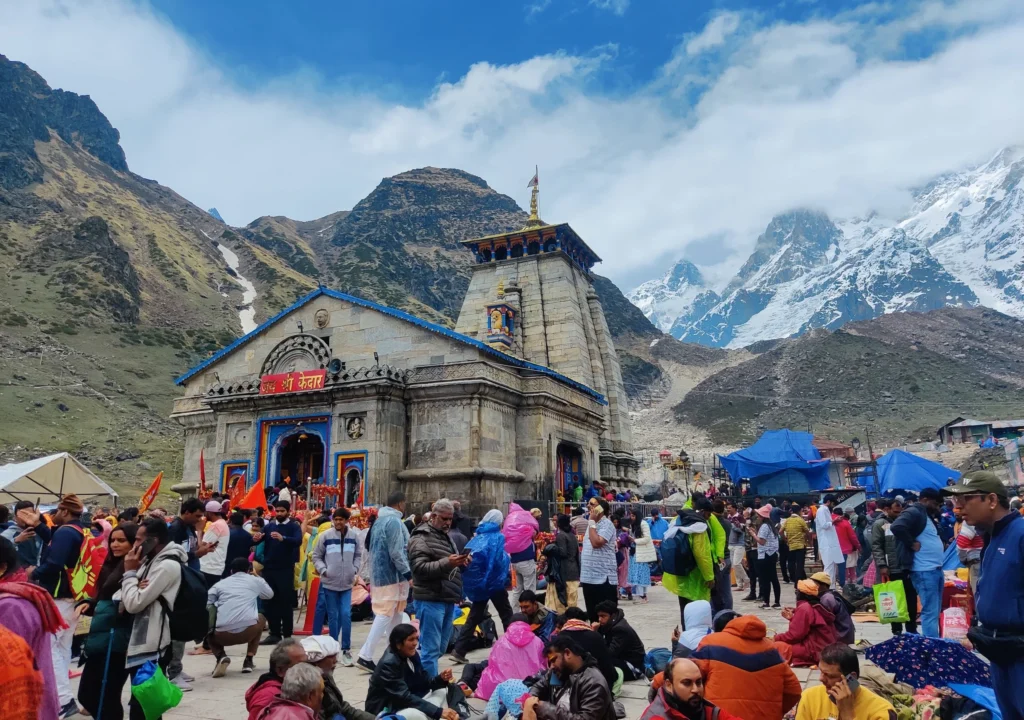
Day 9: Guptkashi – Badrinath (190 km / 8–9 hrs)
- Drive via Joshimath.
- Evening darshan at Badrinath Temple.
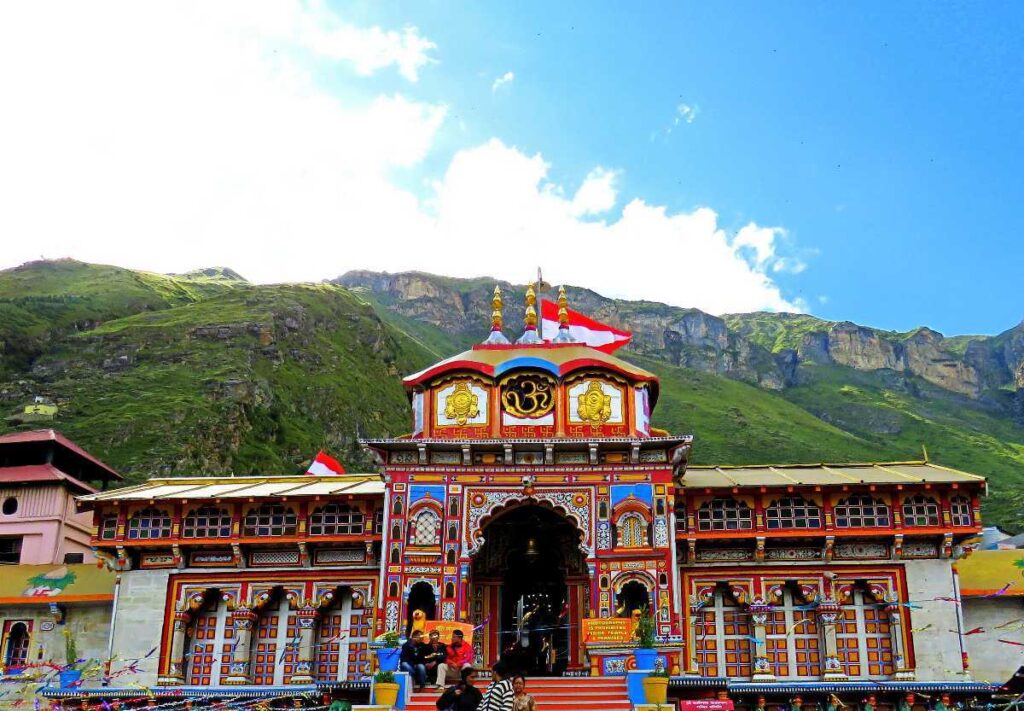
Day 10: Badrinath – Rudraprayag (150 km / 6 hrs)
- Visit Mana Village (last Indian village).
- Drive back to Rudraprayag.
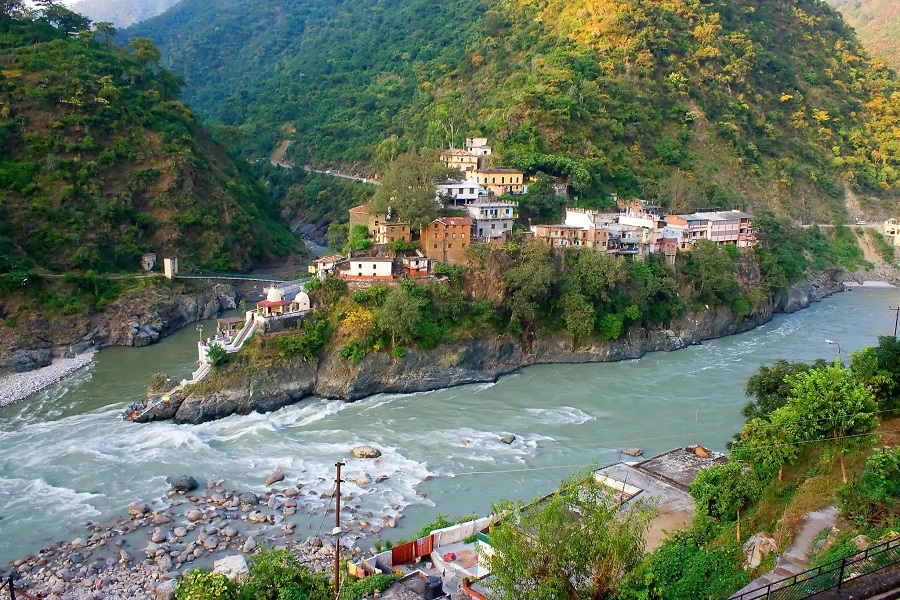
Day 11: Rudraprayag – Rishikesh/Haridwar (160 km / 5 hrs)
- Return journey.
- Evening stay at Rishikesh/Haridwar.
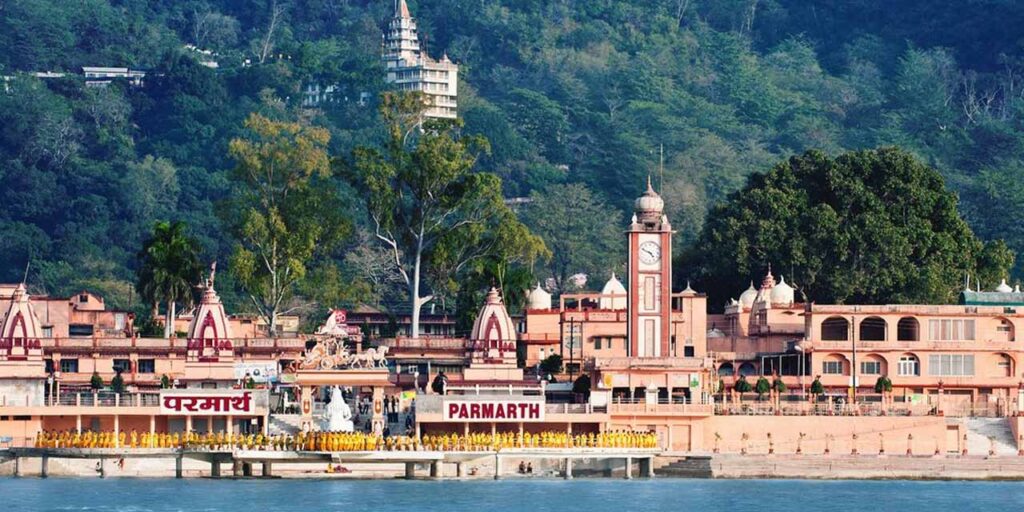
Day 12: Haridwar – Delhi (220 km / 5 hrs)
- Completion of the Char Dham Yatra by road.
Distance Overview
- Delhi to Yamunotri: ~440 km + 6 km trek
- Delhi to Gangotri: ~500 km
- Delhi to Kedarnath: ~490 km + 16 km trek
- Delhi to Badrinath: ~540 km
Total road journey: ~1600+ km, excluding treks.
Key Stopovers & Their Importance
- Haridwar/Rishikesh: Gateway to Himalayas, Ganga Aarti.
- Barkot: Base for Yamunotri.
- Uttarkashi: Base for Gangotri, home to ancient Vishwanath Temple.
- Guptkashi: Near Kedarnath, known for Ardhnarishwar Temple.
- Joshimath: Gateway to Badrinath, seat of Adi Shankaracharya’s matha.
- Rudraprayag: Confluence of Alaknanda & Mandakini rivers.
Best Time for Char Dham Yatra by Road
The Char Dham Yatra season usually opens in late April or early May and continues until October or early November. The temples remain closed during winter due to heavy snowfall.
- May – June: Best time, pleasant weather, but crowded.
- July – August: Monsoon season, landslides and roadblocks are common. Avoid if possible.
- September – October: Ideal time, clear skies, less crowd.
- November – April: Temples remain closed, only winter abodes are open.
Registration Process for Char Dham Yatra
Registration is the most important step before undertaking the yatra. Without registration, pilgrims will not be allowed to enter temple premises.
Modes of Registration:
- Online Registration – Available on the official Uttarakhand Char Dham Yatra website. Pilgrims can fill details, select dates, and download their registration slips.
- Mobile App – The Uttarakhand Tourism app also provides easy registration, darshan slot booking, and updates.
- Offline Counters – Registration counters are set up in Haridwar, Rishikesh, and other entry points.
Documents Required:
- Valid Photo ID (Aadhar, Voter ID, Passport, etc.)
- Passport-size photograph
- Contact details (phone number, emergency contact)
Step-by-Step Online Registration:
- Visit the official portal of Uttarakhand Char Dham Yatra.
- Click on “Register for Char Dham Yatra 2025.”
- Enter personal details, preferred date of visit, and shrine details.
- Upload ID proof and photo.
- Download the confirmation slip and carry a copy during travel.
FAQs for Char Dham Yatra by Road
1. What is Char Dham Yatra by road?
It is a pilgrimage to Yamunotri, Gangotri, Kedarnath, and Badrinath by road through scenic routes of Uttarakhand.
2. How many days are required for Char Dham Yatra by road?
Usually 10–12 days are required, depending on your starting point and pace of travel.
3. What is the starting point for Char Dham Yatra by road?
Most yatras begin from Haridwar, Rishikesh, or Dehradun.
4. Is the road journey safe for senior citizens?
Yes, but it involves long drives and mountain roads. Hiring a comfortable vehicle and planning with rest stops is recommended.
5. What is the best time for Char Dham Yatra by road?
The best months are May to June and September to October, when weather is pleasant and roads are clear.
6. What type of vehicle is best for Char Dham Yatra by road?
SUVs, Tempo Travellers, and comfortable buses are most preferred for hilly terrain.
7. What is the approximate cost of Char Dham Yatra by road?
Packages usually start from ₹25,000–₹40,000 per person, depending on vehicle, hotels, and inclusions.
8. Can Char Dham Yatra be done by road in one stretch?
Yes, the entire circuit is connected by road, though some treks (like to Kedarnath) require additional effort or pony/palki services.
9. Are accommodations available on the Char Dham road route?
Yes, there are hotels, guesthouses, and dharamshalas at all major stops.
10. Is registration required for Char Dham Yatra by road?
Yes, online or offline registration with the Uttarakhand government is mandatory.

